2004-2009 Cadillac XLRs might never be more affordable than they are right now
When the Cadillac XLR entered the market for 2004, it was the brand’s first two-seater (and first convertible) since the Allanté was retired in 1993. That final year of the Allanté used a 4.6-liter Cadillac Northstar V-8, just like the XLR, but the similarities end there. While the 295-hp Allanté was front-wheel-drive and based on a modified version of the E-body chassis used in the Buick Reatta and Cadillac Eldorado, the 320-hp XLR was based on the C6 Corvette’s rear-drive chassis. It was even built in the same Bowling Green, Kentucky, assembly plant as “America’s sports car.” All signs suggested Cadillac was serious about building a luxury sports car.
The faceted design of the XLR was previewed by the Evoq concept car that debuted at the 1999 Detroit auto show. The XLR kept plenty of the Evoq’s striking design, albeit with some of the sharper creases tone down. A folding hardtop was also viable for production. It’s arguably the most pure application of the “Art and Science” design language that made it to Cadillac showrooms.
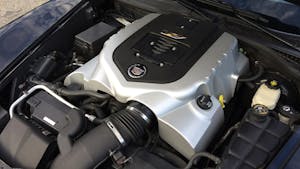
Compared to its 400-hp Corvette platform-mate, the base XLR was down on power. Cadillac had an answer for that. In 2006, the XLR-V was released with 443 horsepower from a supercharged 4.4-liter version of the Northstar. Its six-digit price tag made it not only Cadillac’s flagship, but among the most expensive cars in the entire GM brand portfolio. Today, an XLR-V in #2 (Excellent) condition is worth about 60-percent more than its naturally aspirated counterpart.
One of the biggest complaints lodged against both the C5 and C6 Corvette was that the interiors felt cheap. The XLR was a huge improvement in that arena, with contemporary reviews noting a much better material quality in the Cadillac. The XLR also added a bit more wheel travel to allow for a more touring-oriented ride, but with standard magnetic ride control to dial up the firmness when necessary. On the other hand, with a folding roof instead of a spacious hatchback, the XLR offered up far less luggage room than you could get from a Corvette, or even luxury car competitors like the Mercedes SL500 and Lexus SC430.
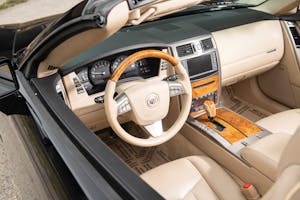
For enthusiasts, the only real detractor is that every XLR ever built has an automatic, which is perfectly logical for a luxury grand tourer of the era. Despite its Corvette roots, sports car fans wanting a three-pedal experience tend to stick with the Chevy. Our data shows that many younger buyers are finding their way into used C6s, but older buyers, by a wider margin, are showing interest in the XLR. Just five percent of Hagerty insurance quotes on XLRs come from millennial buyers, with 82 percent of quotes coming from Baby Boomers or older.
While the current market environment is anything but predictable, our valuation experts believe that it’s possible we’re seeing the bottom of the XLR’s depreciation curve. The average price for a #3 (Good) XLR-V is $29,000, which is as low as they’ve been since we started tracking them in the Hagerty Price Guide at the end of 2019. However, low-mileage XLR-V models that fall into the top-condition #1 (Concours) and #2 (Excellent) category have recently brought higher results, as was the case for a 4400-mile example that sold at Barrett-Jackson’s Scottsdale event in 2020. Recent sales like that have caused values of the best XLRs to pick up four percent in our latest HPG issue (updated every four months).
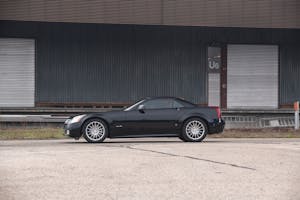
The real beauty of the XLR is that has Corvette roots, an exotic shape, and relatively low-production (fewer than 15,500 units). Let’s not forget that it’s also fun to drive. That it was utilizes a capable chassis produced in sufficient quantity to ensure that most vital parts won’t likely be in short supply is a great bonus as well. No doubt you will turn heads with an XLR when you head out for a weekend adventure. Just remember to pack a little light.
Like this article? Check out Hagerty Insider, our e-magazine devoted to tracking trends in the collector car market.
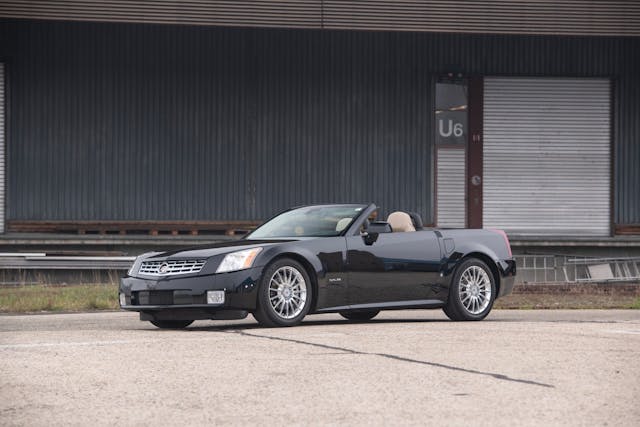
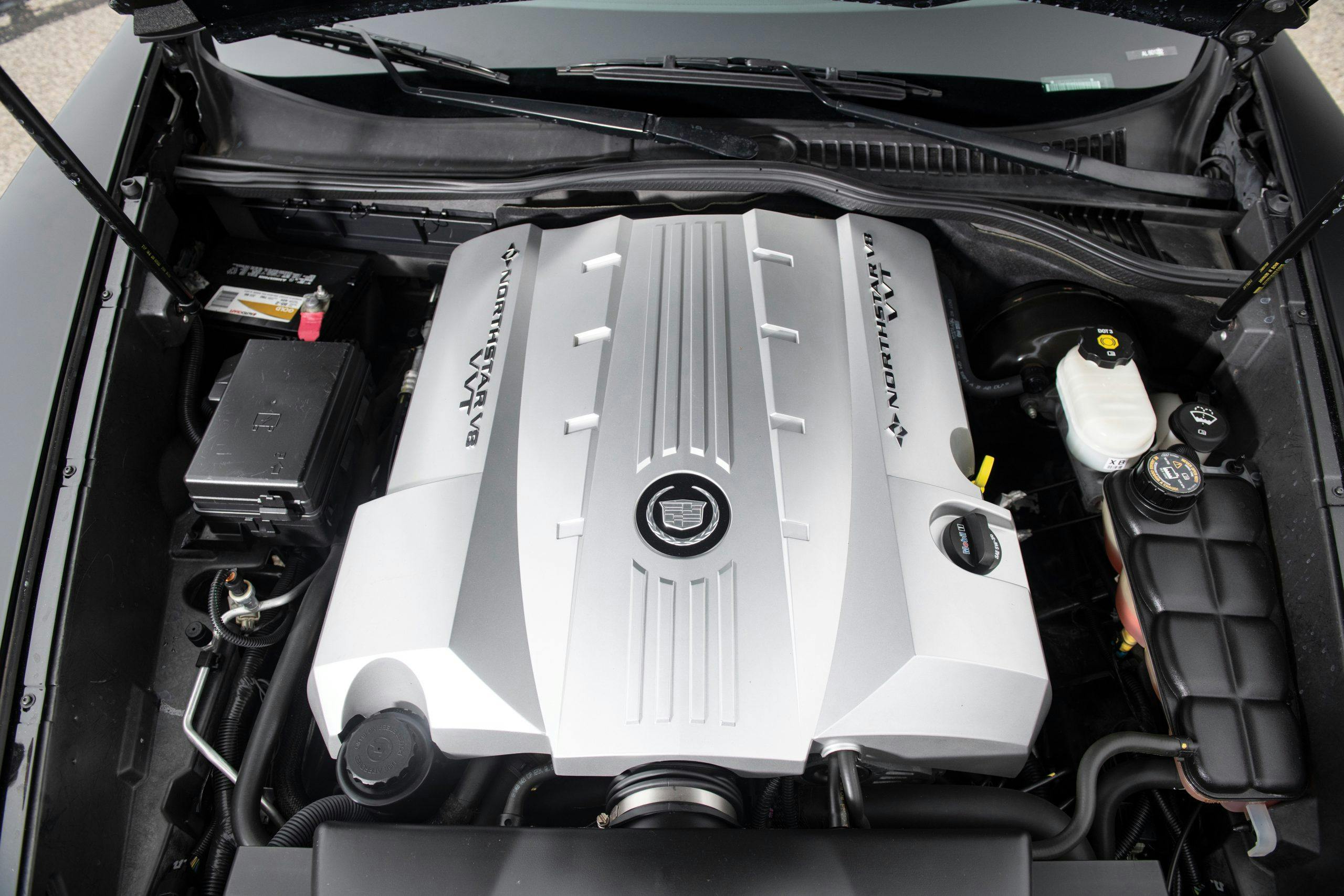



It seems the author of this article is either a monkey or has not done much of any research into what he is writing about. I’ll just point out one statement he made. He says that parts for this car should not be difficult to find. Well that might be the case unless you need a radiator at some point. They are almost impossible to find and there is no real after market for these cars. So if you need a radiator good luck and if you do find one be ready to pay $1000+ for one. And if you dont want to do it yourself, seeing how the engine has to be lowered out of the car, you can pay a mechanic another $600-$800 in labor to do it. So if you like paying $1,600-$1800 for a radiator then this Cadillac is for you!
Yep……and any of the lights front or rear apparently…
I’m considering buying a 2006 XLR for about 20K in excellent condition with 40K milage and clean carfax.
I have a 7 day inspection period to decide to keep the car or not. What do you think